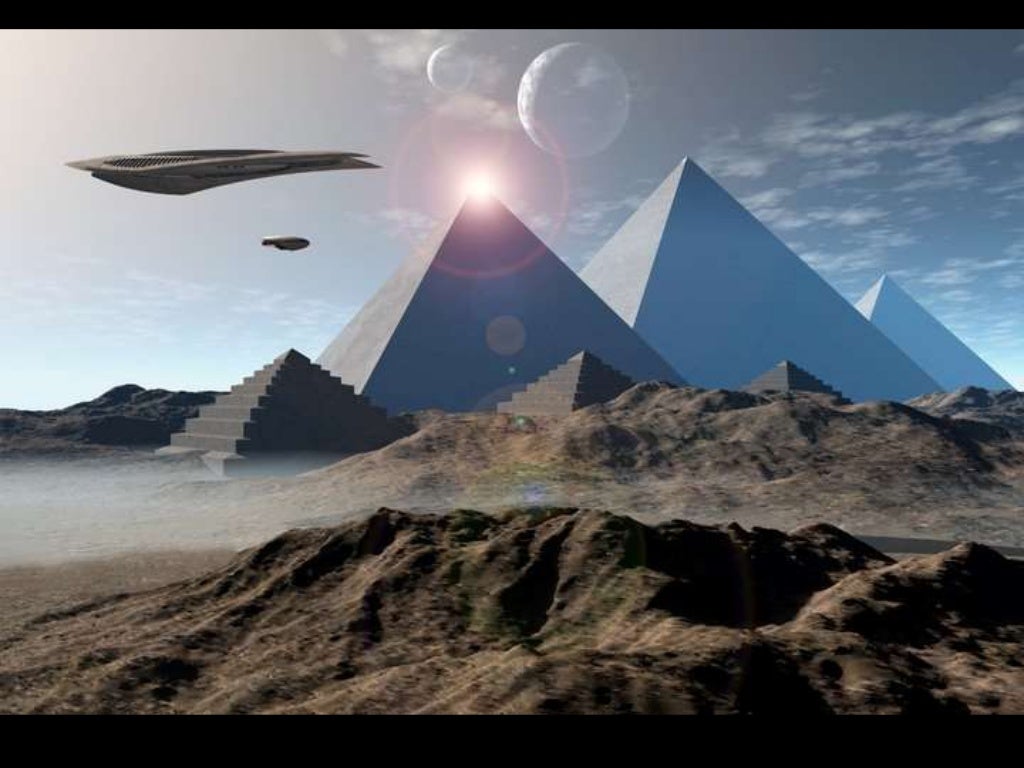

So, theoretically, to move at the cosmic speed limit of light you need an infinite amount of energy. Moving takes energy, and the faster you move the more energy you use. As NASA poses the question, "How can an object travel faster than that which links its atoms?" It's a very different matter.Īnother issue special relativity brings up is the light speed barrier. Warp Drive Technology for NASA Use PhysOrg reports that scientists Alexey Bobrick and Gianni Martire have written a paper describing their ideas for a warp drive and have published it in IOPs. So when it comes to breaking the light barrier, it's like breaking through light with light (sort of… ask Brian Greene). But the atoms and molecules that make up all matter are connected by electromagnetic fields, and that's the same stuff that light is made of. The sound barrier–properly, the aerodynamic effects of pressure waves interacting with a body as it approaches the speed of sound–was broken with a cleverly engineered aircraft and an at-the-time state of the art rocket engine.īell's X-1 was, importantly, a physical aircraft made of matter, not made of sound. The problem is that breaking the light barrier isn't at all like breaking the sound barrier. Speculative research is a thing that happens. It's more about the fact that NASA is partly in the business of letting really smart people try things that are kind of crazy and unlikely, if they can back up the idea with a reasonably plausible hypothesis. But, as Amy Teitel explains in a story for Vice's Motherboard, the fact that this is happening does not necessarily mean a real working warp drive is possible.

More technical details on the NASA "warp" drive are available on, including an incredibly lengthy forum thread.Harold White of NASA's Johnson Space Center is currently leading an effort to design a warp drive space ship. Still, the EM drive could help make humanity's first steps into the wider universe much easier.
:max_bytes(150000):strip_icc()/__opt__aboutcom__coeus__resources__content_migration__mnn__images__2019__10__warp_drive_visual-497b292fa5e44ffca64d3fa96d9869c8.jpg)
The system would require a nuclear power plant on board to go long-distances. NASASpaceFlight explained, "In terms of the Station, propellant-less propulsion could amount to significant savings by drastically reducing fuel resupply missions to the Station and eliminate the need for visiting-vehicle re-boost maneuvers."įor travelers wanting to go on an interstellar adventure, hooking up an EM drive won't be nearly as easy. Nevertheless, if everything proceeds smoothly, the first real beneficiary of propellant-less propulsion system could be the International Space Station. The device worked, but the experiment will still require peer reviews. The researchers created a space-like vacuum and tested the drive here on Earth.

That falls short of "warp drive," a propulsion system capable of speeds faster than light, but it beats the current technology that would require roughly 10,000 years to reach Alpha Centauri.Īccording to CNet, scientists from the U.S., U.K., and China have been working on the engine for the past 15 years, but skeptics claimed it wouldn't work in the vacuum of space. Researchers claim the quasi-warp drive could get passengers to the moon in roughly four and a half hours, or take interstellar colonists to Alpha Centauri - the closest solar system to our own - in just 100 years. That's why traditional rockets require fuel as a propellant, whereas the EM drive only requires an enormous amount of electrical energy. This surprisingly simple method should be impossible, because it should violate the law of conservation of momentum, which says that unless an external force acts upon a system, its momentum will remain unchanged. The propulsion system works by shooting microwaves into a closed container, according to the Daily Mail. "The bulk of scientific knowledge concludes that it's impossible, especially when considering Einstein's Theory of Relativity." The test paves the way to real space travel applications, but scientists don't know why the engine works, since it appears to defy the laws of physics.Įarlier this year, speculation around NASA's experimental drive got so heated the agency published a post called " Is Warp Drive Real?" Some are calling the propulsion system a "warp drive" for its incredible potential speeds, although researchers say it falls short of faster-than-light travel. NASA has quietly, and successfully, tested an electromagnetic (EM) drive in a space-like vacuum.


 0 kommentar(er)
0 kommentar(er)
